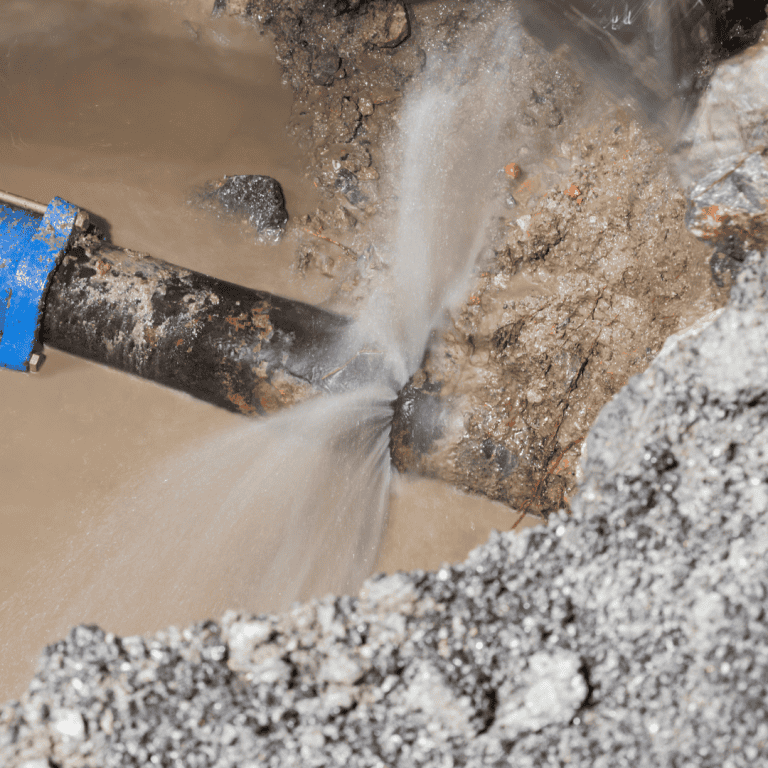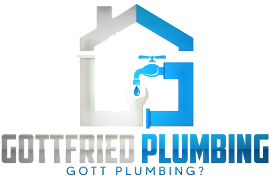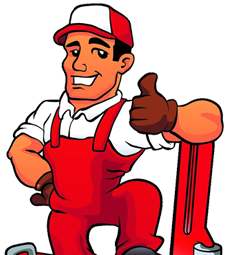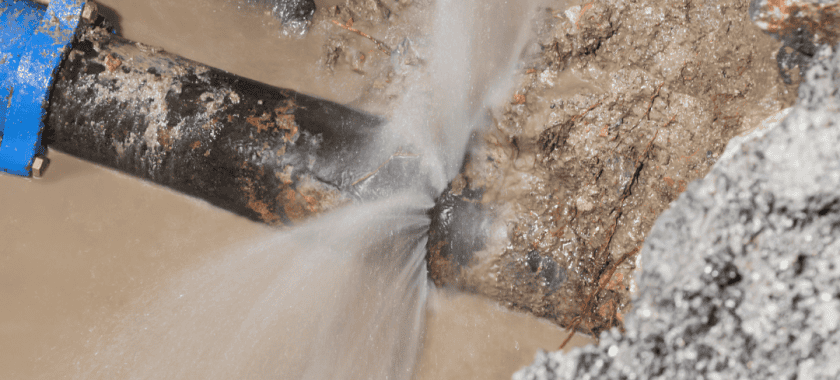Choosing between DIY and professional drain field rehabilitation depends on your needs and circumstances. DIY rehabilitation can be cost-effective and flexible but carries risks of errors and may require significant time and effort. While more expensive, professional rehabilitation offers expertise, efficiency, and long-term solutions to prevent future issues.
Maintaining a healthy drain field is important for effectively operating your septic system. When problems arise, deciding whether to handle the rehabilitation process yourself or hire a professional can be challenging.
This guide will explore the advantages and disadvantages of both DIY and professional drain field rehabilitation. By comparing these options, you’ll gain insight into which method might be the best fit for maintaining a healthy and efficient septic system.
DIY Drain Field Rehabilitation
Some homeowners find it viable to rehabilitate their drain fields themselves. Here are the advantages and disadvantages of this approach.
Advantages of DIY Drain Field Rehabiliation
Cost Savings: One of the primary reasons homeowners opt for DIY drain field rehabilitation is to save money. You can avoid the labor costs of hiring a professional by handling the work yourself.
Flexibility: DIY projects allow you to work at your own pace and on your schedule. You can tackle the rehabilitation process bit by bit, fitting it around your other commitments.
Learning Experience: Taking on a DIY project can be educational. You’ll better understand your septic system, which can help you identify and prevent future issues.
Immediate Attention: If you notice a problem with your drain field, you can start addressing it immediately rather than waiting for a professional to become available.

Disadvantages of DIY Drain Field Rehabiliation
Lack of Expertise: While you can save money on labor, you may lack the expertise to rehabilitate your drain field properly. This can lead to incomplete or incorrect repairs, potentially worsening the problem.
Limited Tools and Equipment: Professional rehabilitation often requires specialized tools and equipment that most homeowners do not possess. Renting or purchasing these tools can be expensive and may offset some of the cost savings from doing the work yourself.
Time-Consuming: The DIY drain field rehabilitation process can be lengthy, especially if you’re unfamiliar with the tasks involved. This can lead to prolonged disruptions in your septic system’s functionality.
Potential for Mistakes: Without professional training, there’s a higher risk of making mistakes during rehabilitation. Errors can result in additional repairs, increased costs, and potential damage to your septic system.

Professional Drain Field Rehabilitation
Opting for professional drain field rehabilitation can provide several benefits, though it also has drawbacks. Here’s what you need to consider when hiring a professional.
Advantages of Professional Drain Field Rehabilitation
Expertise and Experience: Professionals have the training and experience to accurately diagnose and address issues with your drain field. Their expertise ensures that the rehabilitation is done correctly and efficiently.
Specialized Tools and Equipment: Professional service providers can access specialized tools and equipment necessary for effective drain field rehabilitation.
Time Efficiency: Hiring professionals can save you time. They can complete the rehabilitation process faster than a DIY approach, minimizing disruption to your septic system and household.
Long-Term Solutions: Professionals can provide long-term solutions to your drain field problems. Their knowledge and skills can help prevent future issues and extend the life of your septic system.
Compliance with Regulations: Professionals are familiar with local regulations and standards for septic system repair and rehabilitation. They can ensure that all work complies with these requirements, avoiding potential fines and legal issues.
Disadvantages of Professional Drain Field Rehabilitation
Higher Costs: The primary drawback of professional rehabilitation is the higher cost. Labor, equipment, and expertise come at a price, making this option more expensive than a DIY approach.
Scheduling and Availability: Depending on the demand and availability of local professionals, you might have to wait to get your drain field rehabilitated. This delay can be inconvenient, especially if the issue is urgent.
Less Personal Control: When hiring professionals, you have less control over the process. You’ll need to trust their judgment and methods, which might not always align with your preferences or expectations.
Final Thoughts: Making the Right Choice for Your Drain Field Rehabilitation
Choosing between DIY and professional drain field rehabilitation depends on your specific situation. DIY can save costs but comes with risks like errors and lack of proper tools.
Professional services offer expertise, specialized equipment, and long-term solutions, though they may be more expensive upfront.



